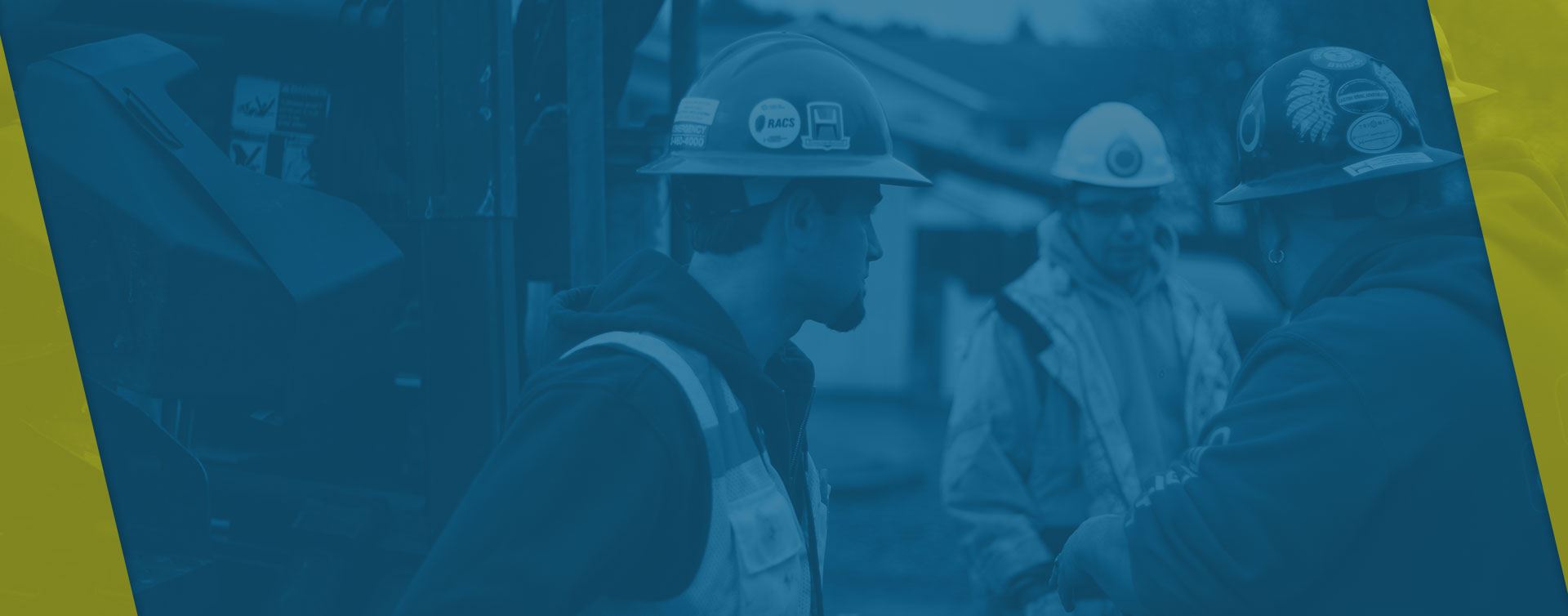Radon enters the home primary through the “Stack Effect” in which the closed structure acts as a vacuum leveraging cracks in the floors and walls, construction joints, gaps around pipes, wall cavities and/or through the water supply.
Important Facts:
- It’s estimated that at least 1 in 7 properties in the Portland/Vancouver Area have radon levels above EPA recommended action levels of 4.0 pCi/L
- As many as 50% of the homes in “hot spots” including Alameda Ridge in Portland and Mill Plain in Clark County, Washington have action level Radon exposure
- Radon exposure is the leading cause of lung cancer in non-smokers
- Radon exposure is responsible for more than 20,000 American deaths each year - more than drunk drivers and home fires combined
- The Surgeon General and Environmental Protection Agency recommend that all properties be tested for radon
- You should test your home every two years
- Retest if you’ve recently renovated your home
- When purchasing or selling a property you should conduct a Radon inspection
- Testing prior to a real estate transaction speeds up the process

